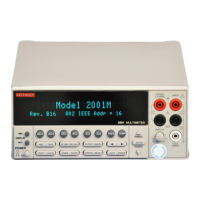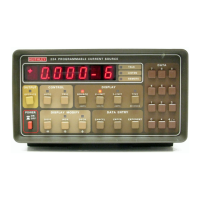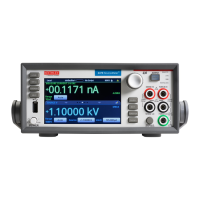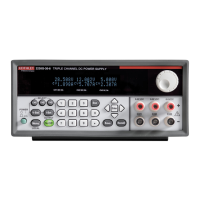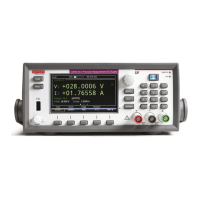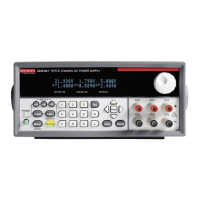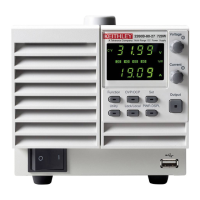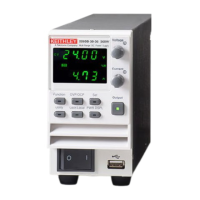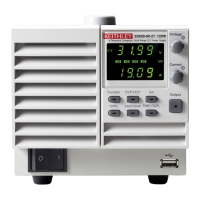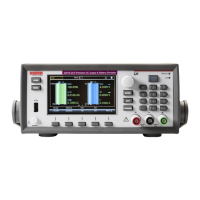4-2 Long Integration Measurements
Overview
Long integration is an average current measurement of one or more pulses that can be per-
formed on either the battery channel or the charger channel. The integration time can be as long
as 60
seconds. Since long integration is an average measurement, the integration time should be
a complete pulse period or an integral number of pulse periods.
Long integration measurements are accomplished by
taking an integral number of integration
cycles during the total measurement time. An integration cycle is the line cycle period (16.67ms
for 60Hz) plus a small processing time. The system calculates the number of integration cycles
required based on the total time and rounds down to the nearest integer. Therefore, the actual
measurement time can be slightly less than the requested measurement time by up to one line
cycle time (one cycle is 16.67ms for 60 Hz and 20ms for a 50 Hz line frequency. A long integra-
tion reading, R
1
, is the average of a series of current measurements, m
R
1
m
i
k 1=
∑
n
----------------=
i
, defined by:
where n is an
integer given by:
nint
I
t
1 PLC
---------------
⎩⎭
⎨⎬
⎧⎫
=
where:
1PLC
= one power line cycle
I
t
= integration time
Here the integration time specified by the user and denominator represents the inte
gration
time of 1 PLC (16.67 msec for 60Hz or 20 ms for 50Hz) and processing overhead. The function
int rounds the argument down to next lowest integer.
Long integration is a technique to extend the capabilities of the power supply A/D circuit
be
yond its maximum integration time period. The A/D can measure pulses up to 833ms. To
extend this time period for longer pulses, the long integration technique uses a filtered and sam-
pled measurement of the waveform. This gives the power supply the ability to measure signals
with periods up to
60 seconds.
The filtering of the waveform adds some restrictions
to the types of pulses being measured.
If a pulse train has a high duty cycle, where the off time is less than 200ms, the first period of
the measured waveform will not have settled to steady state, therefore it will be an inaccurate
measurement. In all cases where the off or low time is less than 200ms, the filtered pulse will
have reached steady state in the second cycle of the waveform and, therefore, can be accurately
measured (
Figure 4-1). In other words, to measure a periodic waveform with low times less than
200ms (high duty cycle), start measurements after the
first period occurs. This is not a problem
for one-shot pulses or for pulses with off times greater than 200ms.
Test Equipment Depot - 800.517.8431 - 99 Washington Street Melrose, MA 02176
TestEquipmentDepot.com
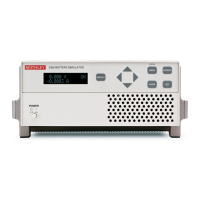
